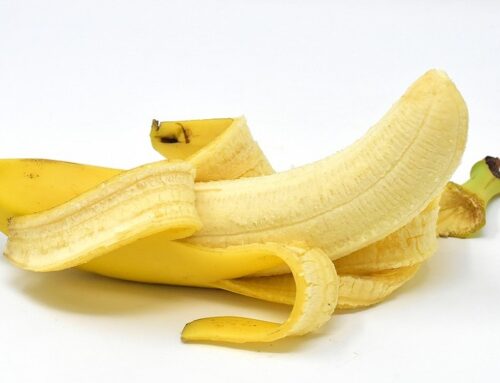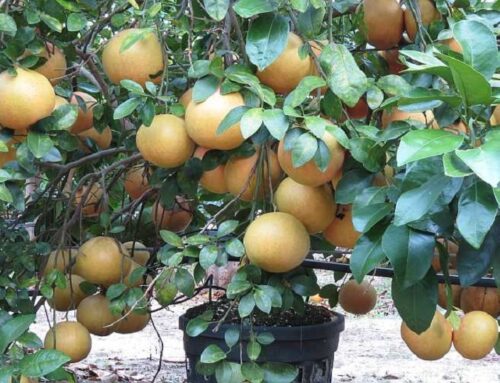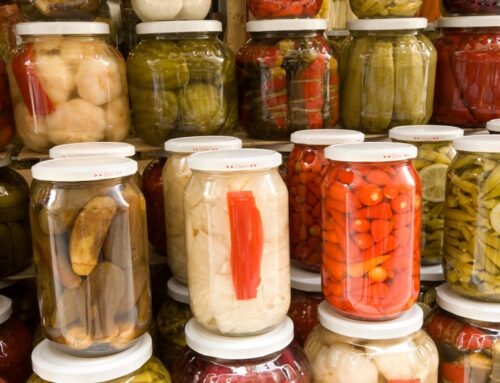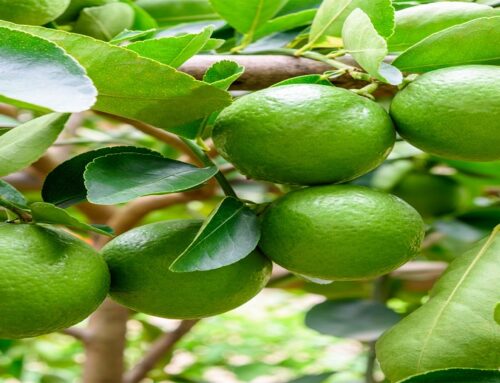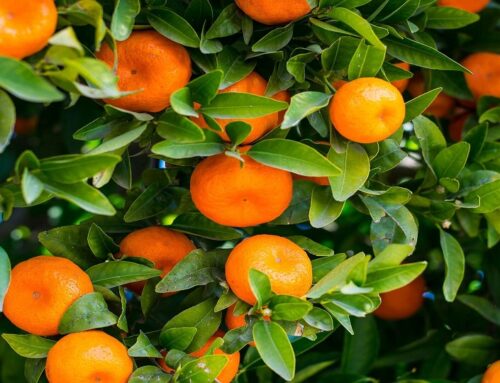Strawberry plants are suitable for both small scale gardening and commercial scale production. For growing in gardens, container gardening and glasshouse gardening may be practiced. A detailed account of container gardening practices is given in this article.
Three types of growing systems may be followed for commercial-scale strawberry cultivation. These are Annual plasticulture system, Perennial system of matted rows, and Greenhouse production.
Annual Plasticulture System: Plasticulture is defined as the innovative applications of plant-friendly plastics in crop production and marketing systems with the view of enhancing the consumption and marketing value of the final output. Plastics make agriculture more productive and efficient by cutting costs and saving time. They also conserve precious natural resources, such as water, nutrients, fossil fuels, and many forms of energy, especially sunlight. Plastic can be used to limit sunlight and retain moisture, especially in arid regions. Plasticulture also reduces competition from invasive weeds and insects.
Field Preparation: In the plasticulture system of growing strawberries, raised beds/mounds or small hills are prepared during field preparation; therefore this growing system is also called “Hill System”. After field preparation, soil sterilization is done by fumigation to kill all soil-borne pathogens and insect-pests. After that soil is covered with a black plastic mulch to prevent weed growth and soil erosion. In plasticulture system, mostly drip irrigation system is followed. Drip lines/irrigation tubes are placed underneath the plastic covering. Holes are punched in the plastic cover so that seedlings can be planted through these holes.
Planting: Seedlings are raised and hardened in the nursery beds before transplanting them in the main field. Seedlings are planted through the holes punched in the plastic cover. Runners are removed as and when they appear so that flower production and fruit development are encouraged. It takes about one month from flowering to fruit development; once fruit becomes ripe harvesting may begin. Since strawberries are highly perishable, harvesting may be done every alternate day. After the harvest season, the plastic cover is removed and the plants are ploughed into the ground.
Disadvantages of Plasticulture: Plasticulture system is very expensive and it takes a long growing season for the plants to be ready for harvest.
High Investment: Plasticulture system is an annual growing system; it means that new plants have to be planted every year and new plastic covers are to be used.
Long Growing Season: It takes considerable time for the establishment of the new plants each year; strawberries, though perennial plants, are grown as annuals in plasticulture system.
Perennial Matted Row System: This system is common in temperate regions. Plants are grown as perennials and same plants are used year after year. Runners are never removed and they are allowed to grow like a mat; sufficient space (90-120cm) is provided between plants for the development of runners. Initial investments are less in this growing system, but fruit yield/unit area is lower than that of plasticulture system.
Greenhouse Production of Strawberries: A greenhouse is a specially designed structure covered with a transparent material and is provided with environmental control systems. A greenhouse is meant for growing plants under protected environment that is established through a series of environmental control systems. Greenhouse cover acts as its protection boundaries which allows only sunlight and no other external environmental factors and thus provides right environment for the plant growth. Major objective of a green house is to provide optimum environmental conditions for optimum crop production at maximum yield and productivity.
Advantages of greenhouse production of strawberries: Green House technology provides a controlled and favorable environment for crop growth. Environments can be suitably modified as per the requirements of the crop. Greenhouse crops yield high irrespective of seasonal changes and also help to grow off season crops. Greenhouses save crops from adverse climatic changes. U.V. film does not allow harmful U.V. rays to enter the green house thus protecting the crop from climate shocks. Insect proof nets installed in the greenhouse prevents insect-pest infestations also. Carbon dioxide released by the plants in night is consumed by plants itself in the morning. Thus the plants get about 8-10% times more food than the open field condition. Inside temperature of the greenhouses is raised because of green house effect. Long wave (IR) radiations are absorbed and retained for longer time inside the Greenhouse.
Major Considerations for Successful Cultivation of Strawberries
Slightly cool climate of subtropical to temperate nature is the best for strawberry cultivation.
The most ideal soils are slightly acidic, light sandy soils (pH ranging from 5.5 to 6.5) with good drainage and enough organic matter in the soil.
Clean shallow cultivation is the best for strawberries as these plants have shallow root system.
Adequate irrigation should be given to the plants. During fruit formation, moisture is vital.
Ideal planting time is late summer or spring.
Direct sunlight is preferred by strawberry plants. They may be grown in partial shade also.
Propagation: Seed propagation and propagation by runners are practiced widely. Seed stratification at 0OC for 90 days before sowing gives good germination rate. In case of runners, one year old runners may be used for propagation.
Fertilizer Requirements: The following fertilizer schedule may be practiced for strawberry plants.
One week before planting: 250kg of NPK mixture per acre in the ratio of 1 : 2 : 2
At the time of sucker/runner formation: 250kg of NPK mixture per acre in the ratio of 1 : 2 : 2
Side dressing for better fruit set: 50 kg of nitrate of soda twice a year i.e. at pre-blossoming and during blossoming
Insect Pests: Strawberry plants are attacked by a number of insects and pests. Major insect-pests are: Slugs, moths, fruit flies, chafers, strawberry root weevils, strawberry thrips, and strawberry sap beetles, strawberry crown moth, mites, lepidoptera caterpillars, the ghost moth and strawberry aphid, (Chaetosiphon fragaefolii). Strawberry aphid is a vector of the strawberry mild yellow-edge virus.
Diseases: Strawberry plants are attacked by a number of diseases. An illustration of these diseases is given below:
Diseases of Leaves: powdery mildew, leaf spot (caused by the fungus Sphaerella fragariae), leaf blight (caused by the fungus Phomopsis obscurans), and slime molds
Crown and roots of the plant are susceptible to red stele, verticillium wilt, black root rot, and nematodes
Diseases of fruits: gray mold, rhizopus rot, and leather rot
Mineral Deficiency in Strawberry Plants: Strawberry plants are susceptible to various mineral deficiencies also.
Phosphorus: Early defoliation of older leaves occur along with the poor growth of the plants; leaves turn dull green with a little purple tinge which increases as defoliation approaches
Magnesium: Older leaves turn bright yellow with red tints in centre and near the margins
Potassium: In case of potassium deficiency, leaves turn dark green with scorched margins
Iron: In case of iron deficiency, leaves become chlorotic with visible vein pattern
Manganese: In case of manganese deficiency, leaves become faint and thin with interveinal chlorosis developing at margins
IPM and IDM: IPM (integrated pest management) and IDM (integrated disease management) may be practiced for an effective control of pests and diseases in strawberries. These strategies combine all available control methods such as cultural, mechanical, biological and chemical control of diseases and pests. Some of the cultural practices for pest-disease control include using of different sites and containers for fresh plantations as using the same soil or containers may enhance disease-pest incidences. Crop rotation is also advisable, because diseases and pests that attack one species of crop might not attack another crop.
Flowering Habits: There are two types of strawberries based on their flowering habits. “June-bearing” strawberries bear their fruit in the early summer. “Ever-bearing” strawberries bear several crops of fruit throughout the season.
Harvesting: Fruits are harvested by hand picking with the caps still attached and with at least half an inch of stem left. Fruits take only 15-30 days to be ripe since flowering; after that, fruits may be harvested once in every 3 days throughout the harvest season. Strawberry is a non-climacteric fruit and hence it needs to remain on the plant to fully ripen because they do not continue to ripen after the harvest. Harvest only ripe fruits; when a fruit approaches harvest maturity, it will have a uniform bright red colour. Harvesting in the early morning or late evening hours increase shelf life of the fruits.
Post Harvest Practices: Do not wash freshly harvested fruits as they are very delicate and highly perishable; wash them just before consumption. Storage under proper refrigeration temperature prolongs its shelf life.
We regularly publish informative videos on various “Food, Agriculture, Gardening and Horticulture” topics. You may view these videos here…
You may also check out our Digital Publishing Services for Food, Agriculture, Gardening and Horticulture Sector by visiting this link


